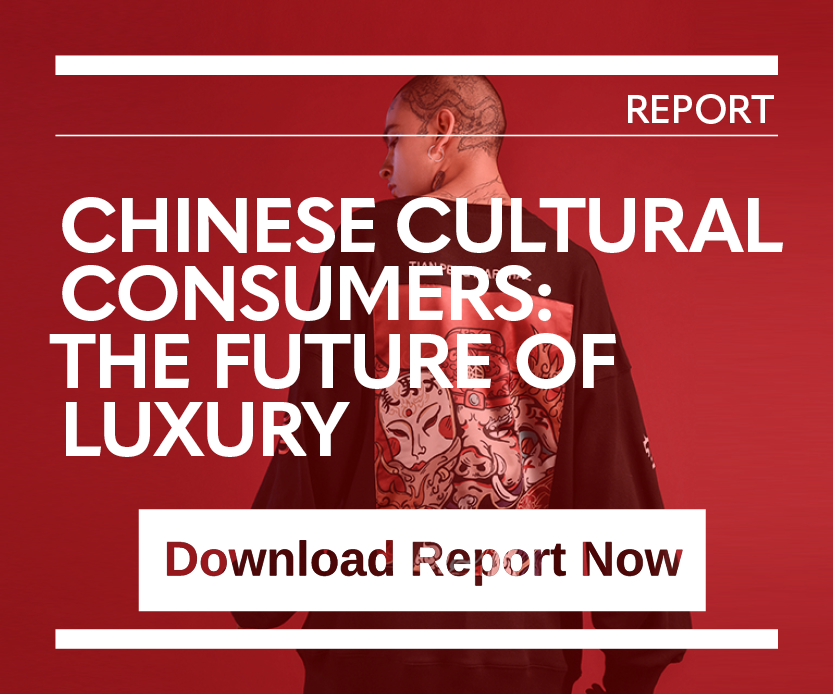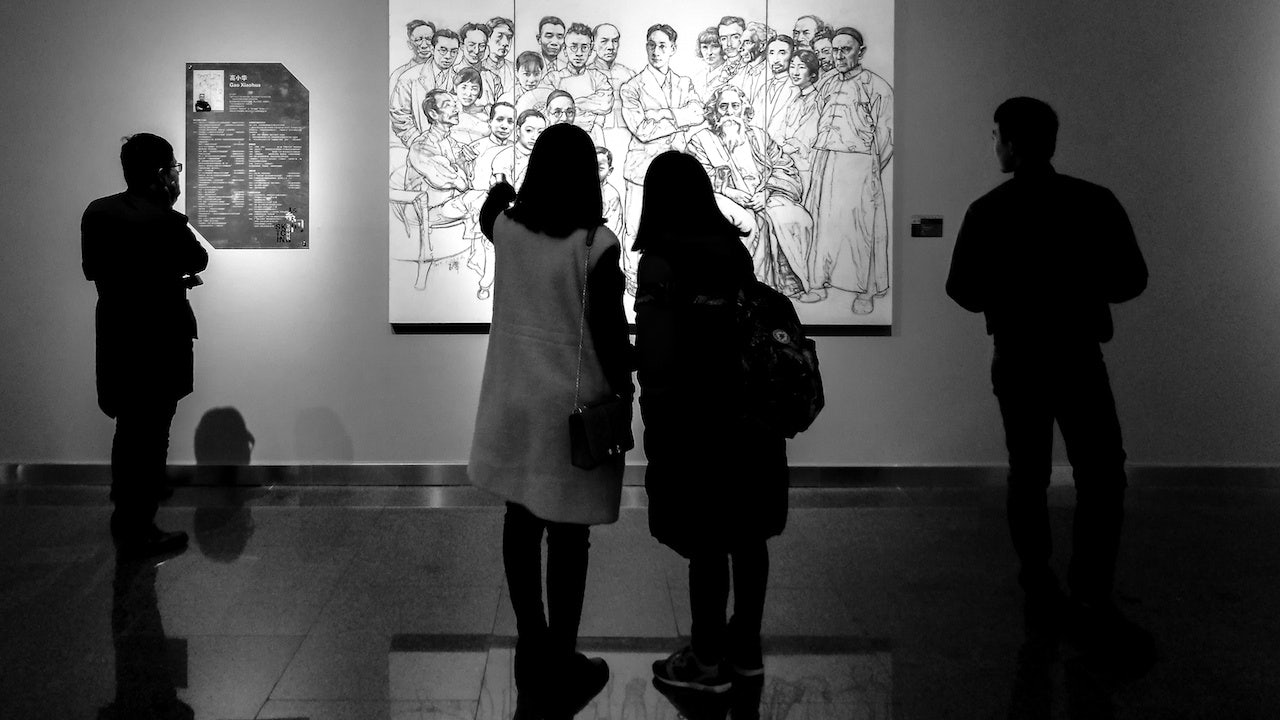The following is an excerpt from the newly published second edition of Jing Daily’s report Winning China’s High-Spending Cultural Consumer: The Future Of Luxury, packed with all-new data, case studies, and exclusive interviews. Get your copy today on our Reports page.#
When describing the Chinese Cultural Consumer (CCC), attributing specific characteristics by age group is too reductive. This emerging demographic spans both Gen Z and millennials as well as older individuals. Therefore relatively straightforward categorizations that are customary in the west do not apply as neatly in China.
That being said, in terms of demographic trends, Chinese consumers born after 1980 have become an indisputable force driving luxury consumption and digital acceleration, and will push China to become the world’s biggest luxury market by 2025, according to the consultancy Bain & Company.
Jing Daily conducted a survey of Chinese Cultural Consumers that confirmed the high-spending nature of Gen Z and millennial shoppers. It found that they spend an average of 42 percent of their paychecks each month on luxury, which equates to a mean of $4,084 (27,560 RMB). The CCC’s spending directly reflects China’s economic growth and the accompanying rise in disposable incomes.

While European luxury labels are more heavily favored by the CCC over premium Chinese brands, the past three years have been fruitful for domestic names and fueled the continued rise of Guochao, which translates as “national trend” and incorporates Chinese cultural elements in contemporary goods. Consumers report finding higher quality at home and demonstrating national pride through their purchases.
One downside to China’s rapid economic growth has been the decline of cultural traditions, though there has been a resurgence in interest in heritage in the aftermath of the COVID-19 pandemic. According to Arnold Ma, founder of the China-focused digital marketing agency Qumin: “People have started to slow down and understand that these things are important in Chinese culture. I think that this cultural realignment will continue post-pandemic.”
When it comes to the motivations that underlie consumption, Jing Daily’s CCC survey reported aesthetics to be the main driver, allowing purchases to serve as means of self-expression and reflecting a sense of individuality.

Exclusivity, status, and cultural significance were the next most important factors for the CCC, all of which characterize a demographic of aspiration-led consumers, whose choices enhance their personal cultural capital through globally relevant signifiers and exhibit a well-rounded awareness of value.
Before entering the China market, brands must gain an understanding of the numerous differences between Chinese consumers and those in the west.
Even though China arguably embraces branding and commercialization like no other nation, and consumers welcome art-and-commerce mash-ups such as collaborations between museums and brands more readily than their western counterparts, intelligent execution that incorporates cultural touchstones is vital to attracting the CCC.
